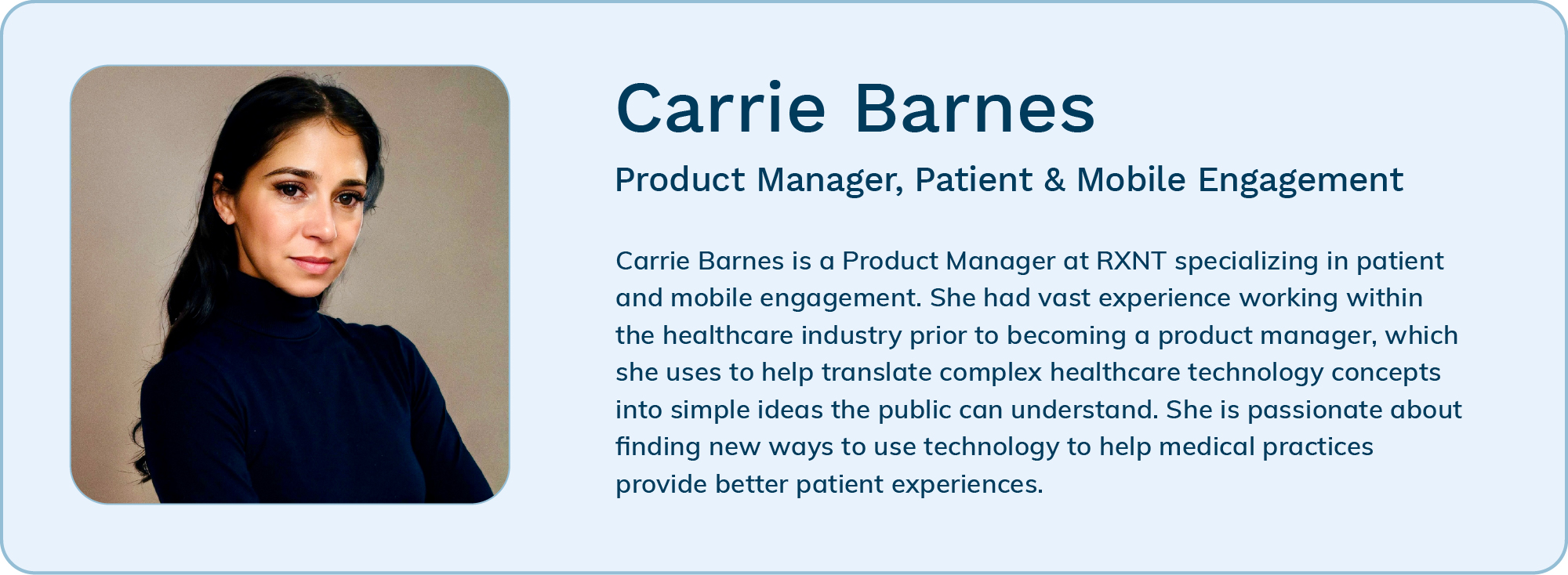As healthcare continues to evolve, one constant remains in the quest for better outcomes: patient engagement. Patients who are actively engaged with their providers make more informed decisions about their care and take greater control of their health. Providers can help drive patient engagement through personalized communication strategies and supportive technology.
The Importance of Patient Engagement
So, why does patient engagement matter? Research shows that patients who are actively engaged in their own care have better health outcomes, while patients who aren’t engaged in their own care may leave most of the decision-making to their providers. They may not ask questions about their care, involve their support network, or make efforts to fully understand what is required of them to ensure better outcomes.
On the other hand, patients who are active in their care plans have better relationships with their health and providers. They are more likely to communicate concerns, questions, and symptoms with their providers, allowing for a collaborative relationship. They are also more proactive about their care, making them more likely to attend regular check-ups and screenings — allowing providers to address potential health issues earlier and avoid more serious complications.
Strategies for Improving Patient Engagement
Improving patient engagement requires a layered approach. As healthcare becomes more patient-centered, providers can better involve patients by prioritizing trust, health literacy, and convenient communication methods.
Establishing Trust
The first step to driving patient engagement is building a relationship of trust. Patients who trust their providers are more likely to communicate concerns, show up to appointments, and follow care plans. Establishing trust begins by building rapport with the patient.
Encourage Health Literacy
Health literacy is critical for patient engagement. Patients with the skills, confidence, and knowledge to understand their care can be more active in their treatment plans and outcomes. To help build health literacy, avoid using medical jargon with patients. Support information with visual aids such as diagrams and charts. Break down complex information into digestible chunks, starting with the most important information.
Use Convenient Communication Methods
Consider additional communication methods outside of appointments. Patients may wish to engage with their providers via a secure portal, book appointments online, or learn more about healthcare tips through social media. Give patients options for communication, such as by text, phone, or a patient portal. The more convenient a patient finds a communication method, the more likely they are to use it.
Improving Patient Engagement through Technology
Technology serves as a supportive tool for increasing patient engagement and can empower patients to reach out for help or advice when needed. The following are some of the most effective tools for involving patients in their care:
- Patient portals: Secure portals provide a means for patients to receive the information they need in a convenient, compliant fashion. They can book appointments, ask questions, update information, review appointment summaries, and find supportive resources about healthcare strategies and conditions.
- Telemedicine: The use of telemedicine increased significantly during the pandemic. It remains a useful tool for engaging with patients virtually, especially those who live in rural areas or prefer remote communication.
- Remote monitoring devices: Remote monitoring is useful for helping patients monitor chronic conditions by tracking vital signs. Some examples include blood pressure, heart rate, and blood glucose level monitoring.
- Social media: Practices often use social media pages to drive engagement by sharing updates about providers, hours of operation, and healthy living tips.
How to Measure Success
After taking steps to drive patient engagement, it’s useful to measure the effectiveness of these changes. The best way to do so is to take in feedback from the patients themselves. One of the simplest ways to do this is through patient satisfaction surveys. Start with a post-appointment survey delivered to patients through their preferred means of communication 24 to 48 hours after their visit. Ask questions about the ease of scheduling, satisfaction with the level of care received, and whether or not all of their concerns were addressed during the visit. This information should be followed up on with patients if there are any lingering concerns or issues.
As you consider ways to improve patient engagement, contact RXNT to discover our innovative solutions designed to enhance the patient experience. Our cloud-based patient engagement solutions will help expand communication, improve convenience, and boost patient satisfaction.





